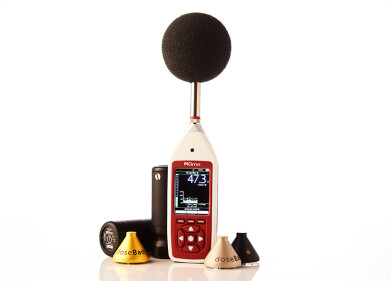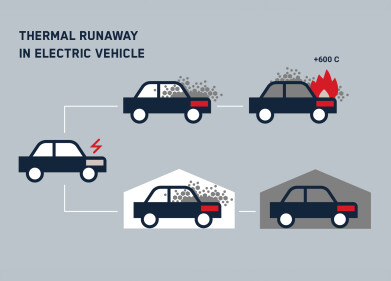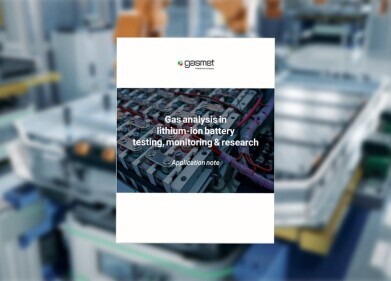Health & Safety
How Does Contaminated Soil Affect the Environment?
Nov 27 2014
Unfortunately, soil contamination is a common occurrence. As a result, the amount of knowledge regarding the leachability, relative toxicity and mobility of chemicals in contaminated soil is growing. Studies have been performed on numerous contaminated sites, such as this one study, which concentrates on Perlis, Malaysia’s smallest city: Assessment of Heavy Metal Pollution in Malaysia’s Smallest State: Perlis.
Soil contaminants effect the environment and human health in a number of different ways. However, the effects of soil contaminants are “knock on” – meaning for a soil contaminant to be dangerous, it must have an adverse effect on a receptor.
Managing contaminated soils
Soil contamination occurs as a consequence of human activity, such as mining, improper waste disposal and non-organic agricultural practises, as well as leaks, spills and pipeline rupture. Chemical contaminates, such as heavy metals and hydrocarbons enter the soil, upsetting its natural chemical balance. For more information on this topics, read: What is Soil Contamination? And Why Does It Happen?
Different chemicals pose different risks to human and environmental health. For a chemical in a soil to be said to pose a risk, it must first be made available to a receptor via transport and mobilisation, and must then elicit an adverse reaction in that receptor.
Chemical contaminants may elicit a number of adverse effects, for example, producing negative changes in natural ecosystems, reducing biodiversity and lowering productivity. The moment a chemical comes into contact with the soil, a number of chemical changes take place. Such processes result in diffusion and distribution, effectively spreading the chemical throughout the soil. During this sequence of events, chemicals may become more complex and harmful, and less likely to leach away or degrade.
In the USA, managing contaminated soils is a growing concern. According to Professor Raymond C Loehr, an expert in hazardous waste management, when it comes to managing contaminated soils, the big question is: “How clean is clean?”
In the past, soil clean-up criteria were established using concentration-based standards. Lately, however, risk-assessment has come to the fore; meaning clean-up standards are associated with hazards posed, rather than the chemical makeup of the soil in question. The available scientific data suggests that instead of simply striving to lower the concentration of chemicals in the soil, those managing contaminated soils should focus on the properties of the individual chemicals and the soil, and work towards lessening what’s known as “chemical availability”.
Risk determination
Chemical contaminants in soil only pose an environmental or health risk if they are “available”. If a chemical is entirely “unavailable”, there will be no adverse effects. Yet available soil bound contaminants can come into contact with receptors through a number of routes, dermal contact, ingestion and inhalation among them. Soil contaminants may also find their way into groundwater, or become volatised following inhalation.
Digital Edition
AET 28.4 Oct/Nov 2024
November 2024
Gas Detection - Go from lagging to leading: why investment in gas detection makes sense Air Monitoring - Swirl and vortex meters will aid green hydrogen production - Beyond the Stack: Emi...
View all digital editions
Events
Dec 02 2024 London, UK
Dec 03 2024 Dusseldorf, Germany
Dec 11 2024 Shanghai, China
Jan 12 2025 Abu Dhabi, UAE
Jan 14 2025 Abu Dhabi, UAE













.jpg)





